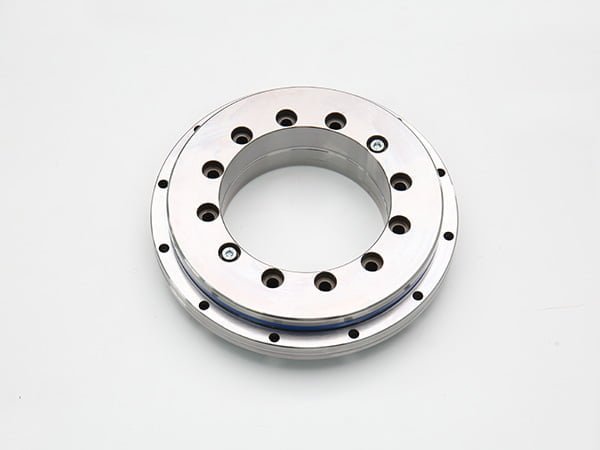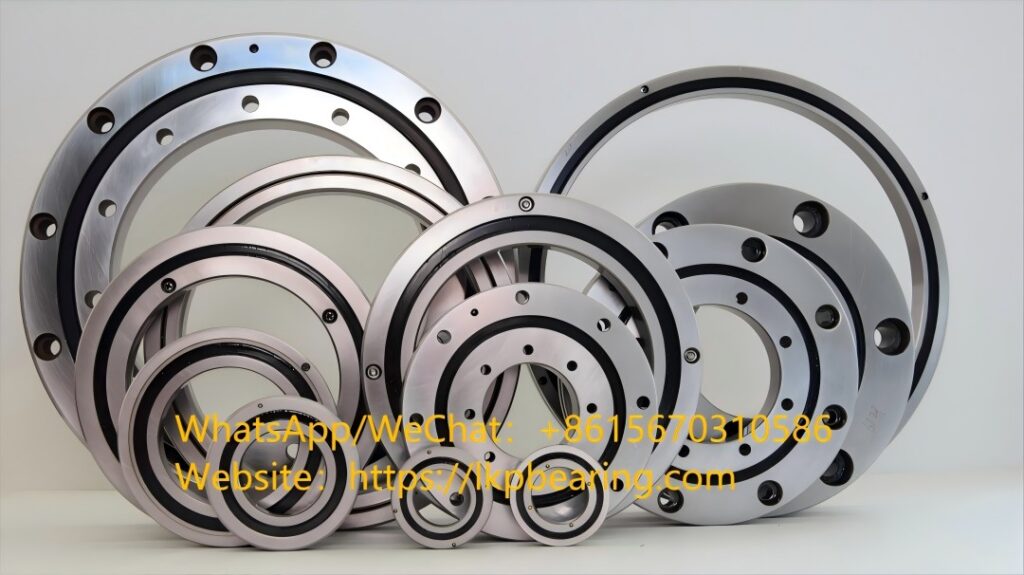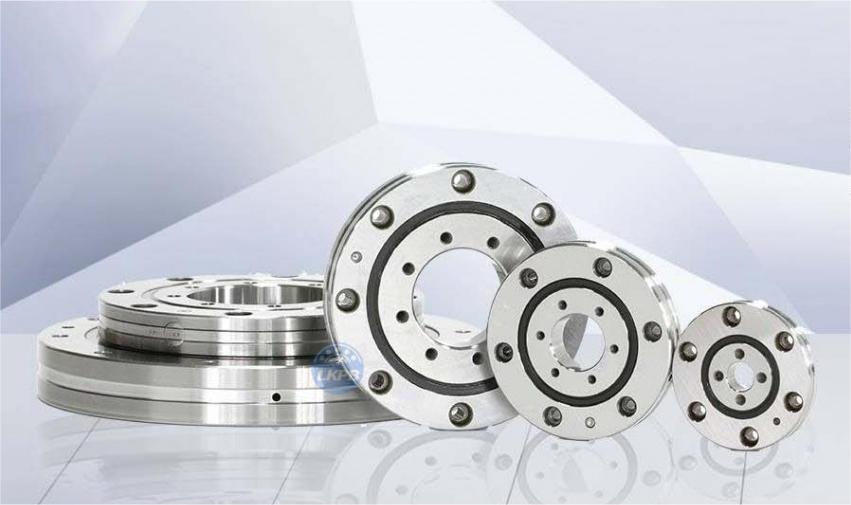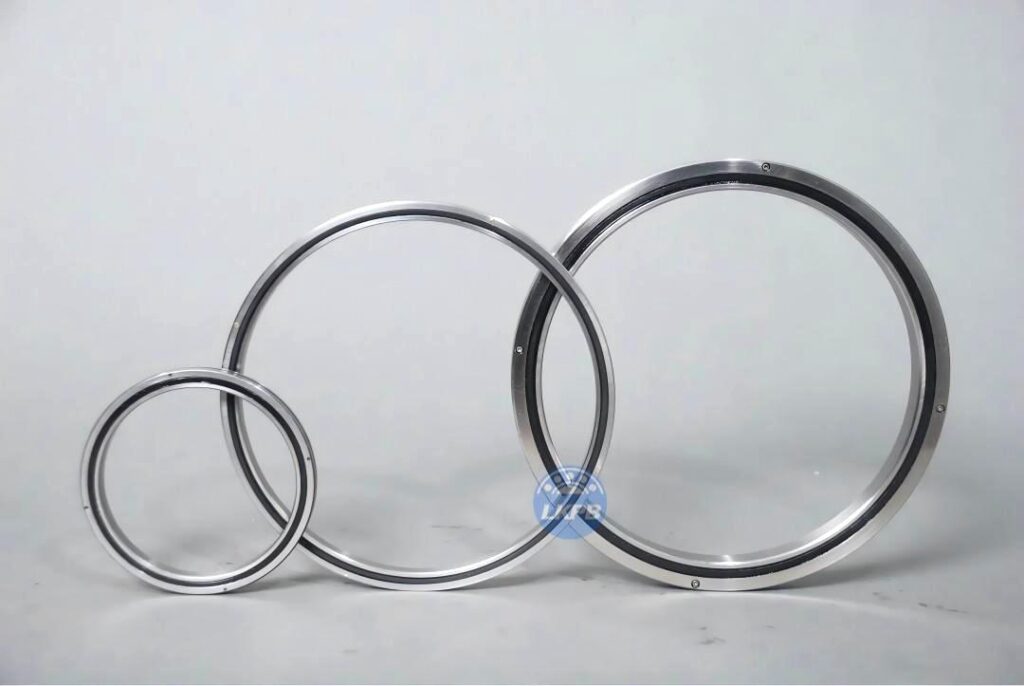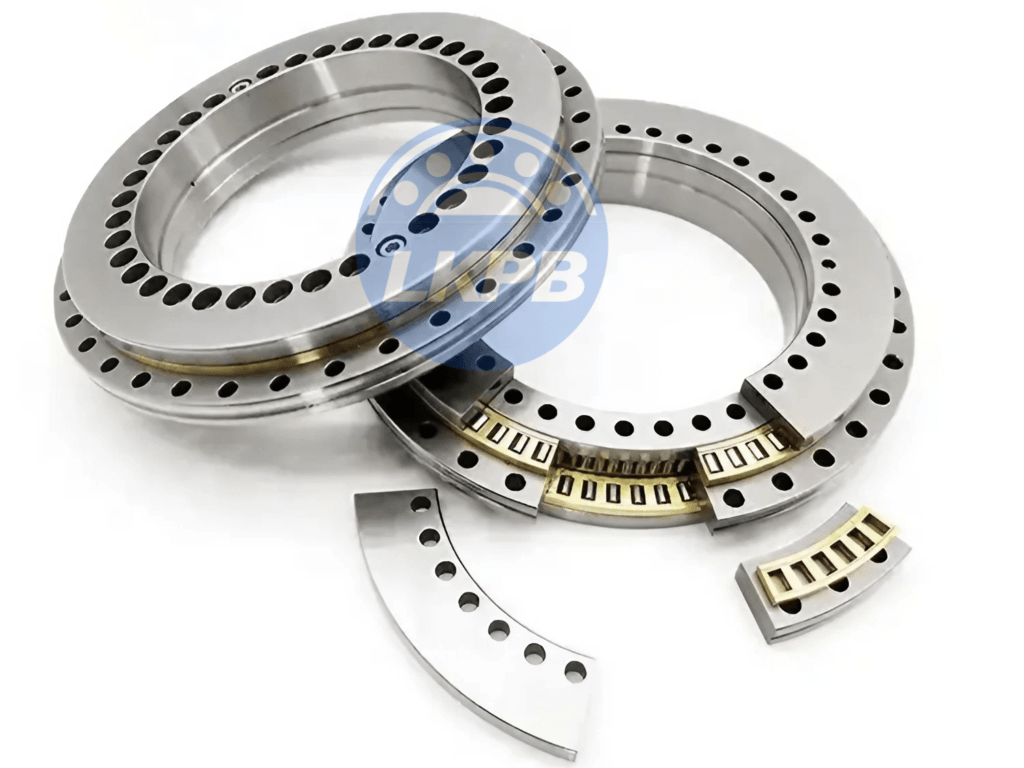YRT bearings, also known as rotary table bearings, are a type of precision bearing that are commonly used in high-precision applications that require accuracy and stability. These bearings are designed to support both axial and radial loads, making them ideal for applications where the load direction is not fixed or is constantly changing. In this article, we will discuss the different types of YRT bearings, their features, and their applications.
Rotary table bearings are a specific type of YRT bearing that is designed to support a rotating table or platform. These bearings are commonly used in applications such as machine tools, robotics, and automation systems, where precision and accuracy are critical. The rotary table bearing consists of an outer ring, an inner ring, and a set of rolling elements, typically in the form of cross rollers or ball bearings.
Precision bearings, including YRT bearings, are designed to maintain high levels of accuracy and stability, even in harsh operating conditions. These bearings are typically manufactured to very tight tolerances and are made from high-quality materials to ensure their performance and longevity. YRT bearings, in particular, are designed to operate at high speeds and with high precision, making them ideal for use in applications such as milling machines, lathes, and CNC machines.
High precision bearings, such as YRT bearings, are used in a wide range of industries, including aerospace, automotive, and medical equipment. These bearings are designed to maintain accuracy and stability even under high loads and high speeds, which is critical in applications where failure can have serious consequences. YRT bearings are especially well-suited for use in high-precision applications due to their design, which includes a high number of rolling elements and a unique raceway design.
The unique raceway design of YRT bearings, which combines axial and radial raceways, allows them to support both axial and radial loads simultaneously. This feature makes YRT bearings well-suited for applications such as machine tools, robotics, and automation systems, where the load direction is constantly changing. The design of YRT bearings also allows them to handle tilting and moment loads, which makes them ideal for use in complex motion control systems.
The precision and accuracy of YRT bearings also make them ideal for use in applications such as radar systems and scientific instruments, where precise positioning and movement are critical. These bearings are designed to maintain their accuracy even under high loads and high speeds, which makes them ideal for use in applications that require fast and precise movements. The high-speed capability of YRT bearings is also useful in applications such as machine tool spindles, where high speeds are necessary for efficient machining.
In conclusion, YRT bearings are a type of rotary table bearing that are designed for use in high-precision applications that require accuracy and stability. These bearings are able to support both axial and radial loads, making them well-suited for applications where the load direction is not fixed or is constantly changing. The unique raceway design of YRT bearings allows them to handle tilting and moment loads, which makes them ideal for use in complex motion control systems. The precision and accuracy of YRT bearings also make them ideal for use in applications such as radar systems and scientific instruments, where precise positioning and movement are critical.



